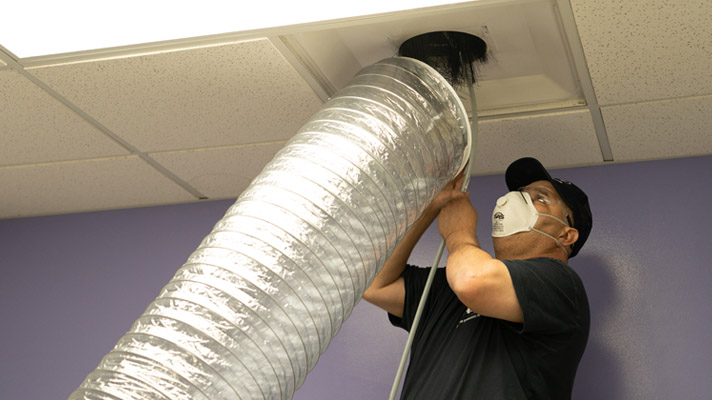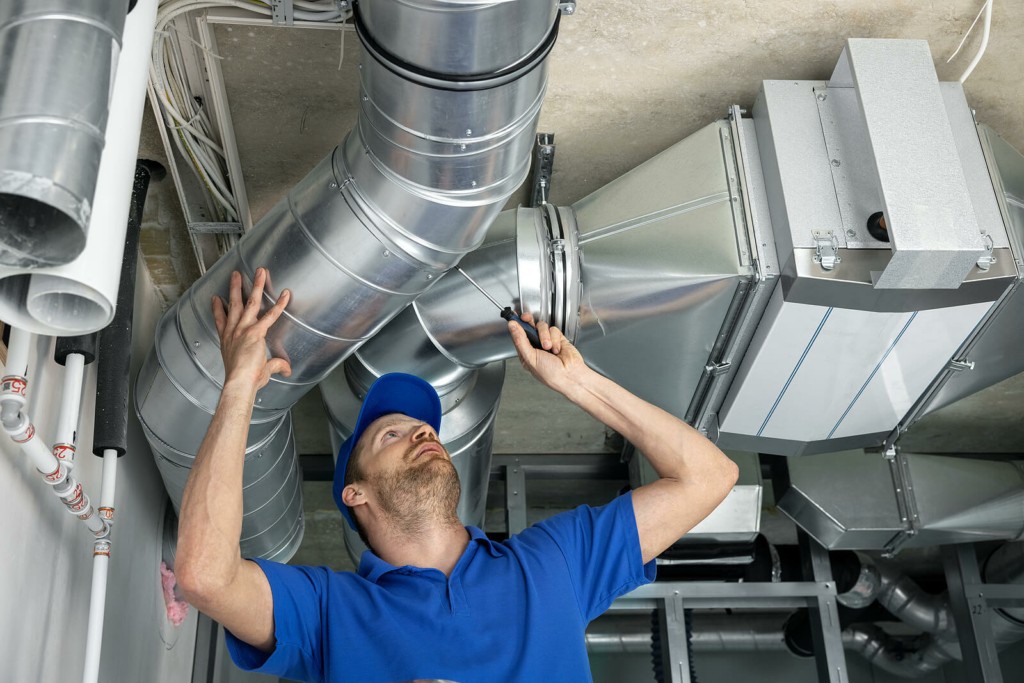Have you ever wondered what could be lurking in your home’s heating system? One surprising and unpleasant discovery that many homeowners face is finding rodent droppings in furnace ducts. This issue not only affects the efficiency of your HVAC system but can also pose serious health risks. In this article, we’ll explore why this problem occurs, the potential hazards, and how you can address it effectively.

Understanding the Issue
What Causes Rodent Droppings in Furnace Ducts?
Rodent droppings typically find their way into furnace ducts when mice or rats enter your home seeking warmth, food, and shelter. These small creatures can squeeze through tiny openings and make your ductwork their new home. Once inside, they leave droppings, urine, and even build nests, leading to a host of issues.
Why Is This a Problem?
Having rodent droppings in furnace ducts can lead to several problems. Firstly, it can affect the air quality in your home. When your furnace runs, it can circulate air contaminated with droppings and urine, exposing you to harmful bacteria and allergens. This can trigger allergies and respiratory issues, especially in individuals with pre-existing conditions.
The Health Risks
Potential Diseases from Rodent Droppings
Rodents are known carriers of various diseases that can be transmitted to humans through their droppings and urine. Some of these include Hantavirus, Salmonella, and Lymphocytic Choriomeningitis. Exposure to these pathogens can lead to severe health issues, making it crucial to address the problem promptly.
Impact on Air Quality
Rodent droppings in furnace ducts can significantly compromise the air quality in your home. As the furnace circulates air, it can carry tiny particles of droppings and urine, spreading them throughout your living spaces. This can lead to unpleasant odors and a decline in indoor air quality, affecting your overall comfort and well-being.
Detection and Prevention
Signs of Rodent Infestation
Detecting a rodent infestation early is key to preventing further damage. Common signs include droppings near duct openings, unusual sounds within the ducts, and a persistent foul odor. If you notice any of these indicators, it’s essential to take immediate action.
Preventive Measures
To prevent rodents from infiltrating your ductwork, seal any entry points around your home, such as gaps in walls, windows, and doors. Regularly inspect and maintain your HVAC system to ensure there are no vulnerabilities. Consider installing mesh screens over vents and using traps or repellents to deter rodents.
Solutions for Rodent Droppings in Furnace Ducts
Professional Duct Cleaning
One of the most effective ways to address this issue is by hiring a professional duct cleaning service. Experts can thoroughly clean and sanitize your ducts, removing all traces of rodent droppings and improving your indoor air quality. For more information on what to expect from a duct cleaning service, visit this guide.
DIY Cleaning Tips
If you prefer a DIY approach, ensure you wear protective gear when cleaning ducts. Use a vacuum with a HEPA filter to remove droppings and debris. Follow up with a disinfectant spray to sanitize the area. However, note that professional services are recommended for severe infestations.
Long-Term Maintenance
Regular Inspections
Regular inspections of your HVAC system can help identify potential issues before they escalate. Schedule annual maintenance checks to ensure your system is in optimal condition and free from rodent infestations.
Improving Air Quality
Beyond addressing rodent droppings in furnace ducts, consider implementing strategies to enhance your home’s overall air quality. This includes using air purifiers, maintaining humidity levels, and ensuring proper ventilation. Learn more about improving air quality and reducing dust from your furnace here.
Conclusion
Dealing with rodent droppings in furnace ducts is not only about maintaining a clean home but also ensuring the health and safety of your family. By understanding the causes, risks, and solutions, you can effectively manage this issue and enjoy a healthier living environment. For more insights on the benefits of duct cleaning, check out this external resource.

FAQ
How can I tell if rodents are in my ductwork?
Look for signs such as droppings near ducts, unusual noises, and foul odors. Regular inspections can also help detect infestations early.
What are the health risks of rodent droppings?
Rodent droppings can transmit diseases like Hantavirus and Salmonella. They can also worsen allergies and respiratory issues due to poor air quality.
Is professional duct cleaning necessary?
Yes, professional cleaning is recommended for thorough removal of droppings and contaminants. It ensures improved air quality and reduces health risks.
This article contains affiliate links. We may earn a commission at no extra cost to you.